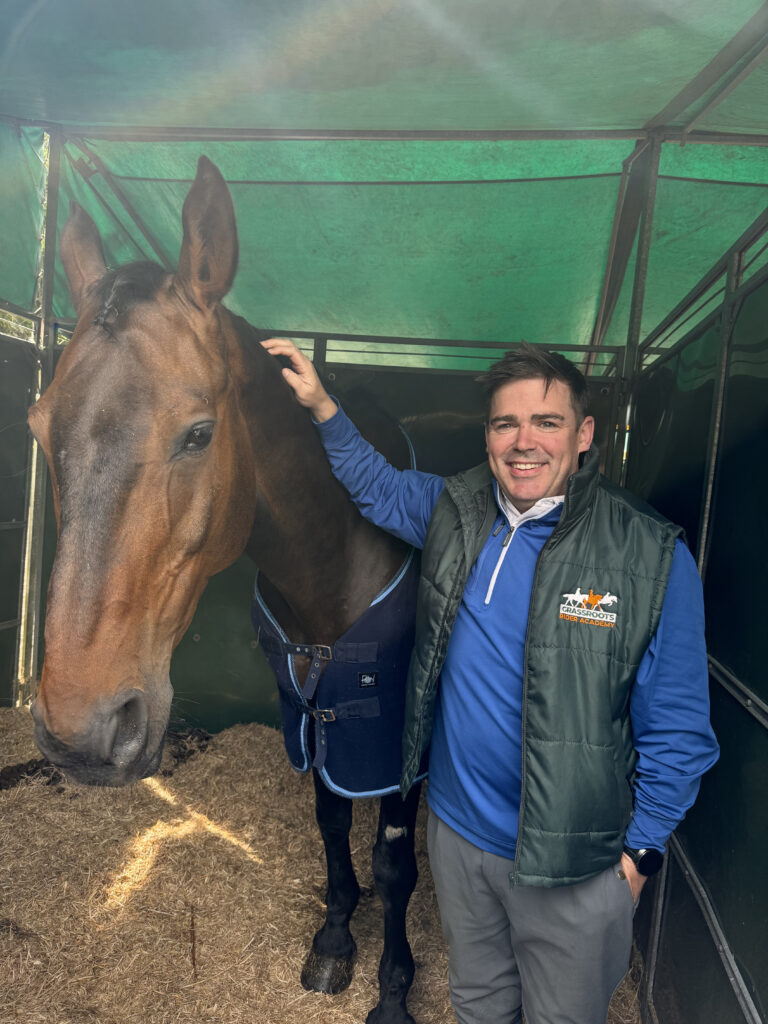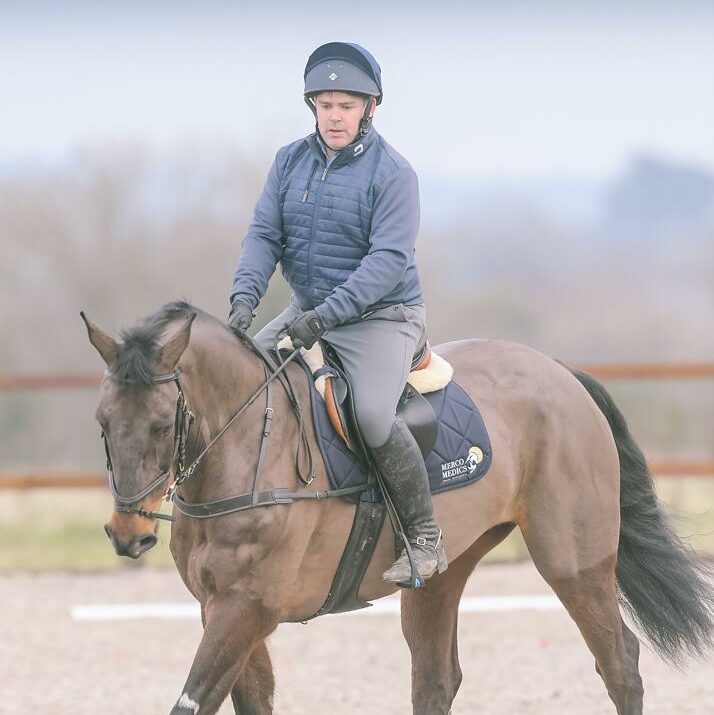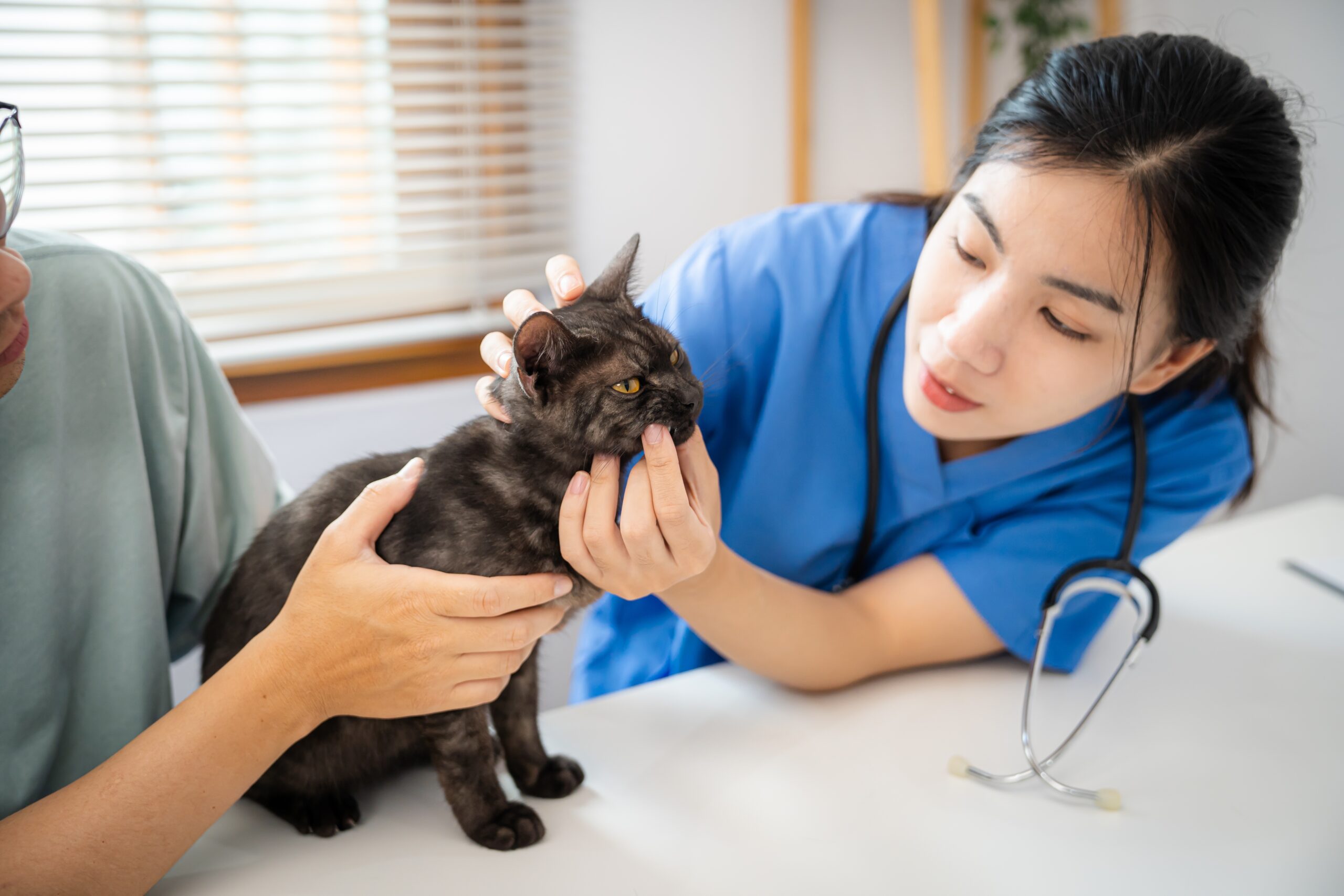Ah, the leg up—the horse world’s equivalent of a friendly boost or a game of trust. It’s a move that requires timing, balance, and a bit of teamwork. If you’ve ever had to hoist someone onto a horse (or been the one hoisted), you know the choreography that goes into this delicate dance. But there’s one question that divides barns, breaks friendships, and causes confusion across riding circles: Should it be “1-2-3, Go!” or “1-2-Go on 3”?
Let’s dive into this equestrian debate and figure out which method makes sense (if any), and more importantly, who should be in charge of the countdown!
The Countdown Controversy: 1-2-3 Go vs. 1-2-Go on 3
Option 1: 1-2-3, Go!
This is the “classic” method, often favored for its simplicity. It’s a smooth, rhythmic build-up where both parties know exactly when the action happens. You hear the “Go!” and, in theory, the rider gets launched into the air in perfect unison with the word. It gives a nice little pause, so the rider can take a breath and prepare for lift-off.
Option 2: 1-2-Go on 3!
Now, here’s where things get spicy. This method speeds up the process, often taking the rider by surprise. There’s no “Go!” to cushion the moment. On “3,” boom! They’re flying. This method is snappier and requires less conversation—ideal for the rider who prefers efficiency over anticipation. But, for the easily startled, it can result in flailing limbs and awkward mid-air moments.
Who Should Be in Charge of the Countdown?
The Rider:
Some say the rider should be in control of the count because, well, they’re the one who’s about to be hurled into the saddle! They’re the one who needs to be mentally and physically ready to swing their leg over and land gracefully (or as close to graceful as possible). A rider-controlled count means the person on the ground doesn’t have to guess when the rider is ready—everyone’s on the same page.
The Person Giving the Leg Up:
On the other hand, some argue that the person doing the boosting should be in control. They’re the one providing the physical effort, and they need to be in sync with their own timing. They know when they’re going to push, so why not let them lead the count? This could also help avoid that awkward moment when the rider says “Go!” but hesitates, leaving the helper pushing against nothing but air.
So, Who Wins?
It really comes down to the dynamic between the rider and the helper. If you’ve got great communication and trust, the countdown method matters less. But if you’re a stickler for timing, here’s a solution: why not talk it out beforehand? If the rider prefers a “Go!” and the helper’s more of a “Go on 3” person, agree on a compromise. Nothing ruins a leg up like miscommunication—and a rider halfway between the saddle and the ground, clinging to the horse’s neck for dear life.
A Fun (but True) Fact: The Horse is Usually Unbothered
Through all this fuss, there’s one party who couldn’t care less: the horse. Whether you’re counting to three or arguing about whether to say “Go!” or not, the horse is probably standing there, flicking flies with its tail, wondering what on earth the humans are doing this time. As long as it doesn’t involve sudden tugs on the reins or loud noises, your trusty steed is likely to tolerate your antics with stoic grace.
This entire debate has all sparked from latest episode of Oh Sh1t, It’s Happened Again, live with myself, Kitty, and Muireann. After much back-and-forth, flailing arms, and a few near-catapulting incidents, we only managed to agree on one thing: the person lifting should always be in control of the countdown. Why? Well, they’re the ones providing the oomph, and they know exactly when they’re going to push. That’s the best way to keep things smooth and avoid any unfortunate mid-air collisions!
The Final Word
In the end, there’s no right way to do a leg up, just as long as no one gets launched over the horse’s back. Communication is key, so next time you’re prepping for a leg up, take a moment to agree on your countdown style. Whether you’re a “1-2-3 Go” fan or a “Go on 3” person, just make sure both parties are ready for takeoff. And remember, the person doing the heavy lifting has the final say!
Happy riding, and may your leg ups always be smooth (and drama-free)!



Share
Your subscription is 100% Free for our first year, No credit card details required.

The Judging Concerns That Keep Coming Back — And Why They Can’t Be Ignored Anymore We didn’t make it to

There are few sporting events that live up to the hype. Wimbledon? Too many strawberries. Cheltenham? Too many suits. But

British Veterinary Association publishes full response to Competition and Markets Authority’s proposed remedies for veterinary market for household pets. The